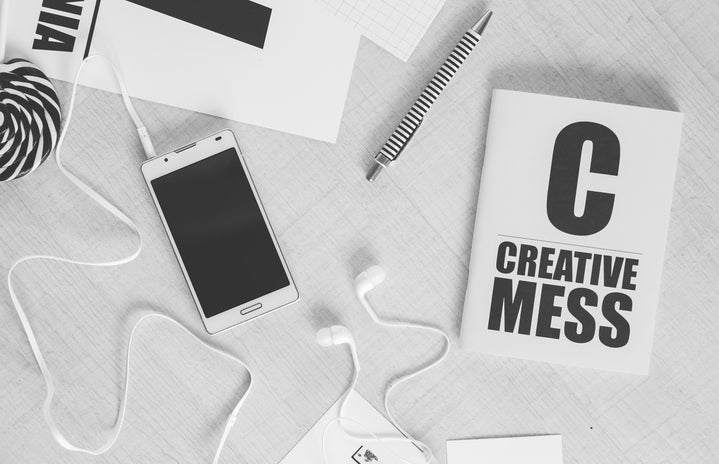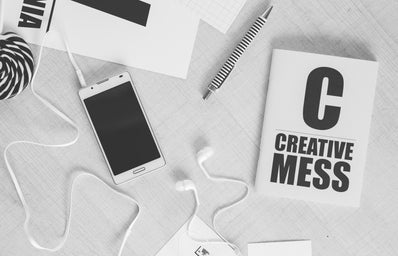Twenty cents. Said aloud, this amount of money seems meager and unimportant. That’s the discrepancy in a dollar between the hourly pay of the average American woman and average American man. Imagine this two-dime difference: a small handful of change. It’s not a staggering number at first glance. But with a larger step back, it represents the irrefutable inequalities women face in the workplace. That 20 percent wage gap is just one revealing example among many inequalities.
Women’s experiences in the workplace differ vastly, depending on intersectional experiences such as gender with race, class, able-bodiedness, age, sexuality and more. It’s crucial to see the underlying factors and variations of such a seemingly face-value statistic, such as the national gender wage-gap average.
Lisa Beedon, the 2015-16 president of the American Business Women’s Association, calls for a closer look at discrepancy in wages between men and women.
“Statistically, it’s 20 cents different for every dollar that a man makes. When you look at it that way, it doesn’t sound like that much. But, over the course of a career, you’re talking about hundreds of thousands of dollars, if not millions of dollars, that women are not getting.”
“It’s important for women to ask for more. Pay needs to be equal,” Beedon says.
Intersectional social categorizations interact with gender to directly correlate with differences such a woman’s pay rate. On average, Latinas in the United States earn only 55 cents for every dollar paid to white men. That’s almost half what the average white man receives. If that data isn’t riveting enough, experts in the field analyze the broader reasoning behind such disturbing discrepancies.
“It’s not just gender, it’s also ethnicity within gender,” Beedon says. “We really need to make sure we’re doing what we can to tighten this gap.”
Michigan State University history professor Emily Conroy-Krutz uses her expertise in teaching American women’s history and gender to analyze workplace inequalities.
“There is a tremendous difference in what women are paid versus men for the same jobs. If you would break that down by race, it would be more stark [to see] the differences of what a white man is paid, versus what women of various races are paid,” Conroy-Krutz says.
Conroy-Krutz stressed the significance of intersectionality of experiences in the understanding of workplace disparities.
“If we know anything, we know the ways that the ideas of race profoundly shape ideas about gender. We can’t talk about one without the other,” Conroy-Krutz says.
In reflecting on workplace gender inequalities, these experts all believe that women have made a great deal of progress. There is a mutual sense of optimism and hope. However, each has wisdom and efforts they say should be made to reduce the gender gap.
Conroy-Krutz says a cultural transformation in “larger social and cultural ideas about what authorities look like and what experts look like” is key in fixing gender inequalities in the workplace.
“If you look historically at the way these professions have developed over time, how a work day is structured and how priorities are structured, it’s around a lifestyle that assumes you aren’t caring for children or elderly relatives,” Conroy-Krutz explains. “That makes a big difference in women’s ability to enter the workforce.”
Conroy-Krutz says to close your eyes and to picture what a doctor, lawyer, politician or professor looks like can be revealing of the subconscious biases we possess.
What do you see? Do you see a man in a white lab coat? Do you see a man with glasses and a black suit in the courtroom? Or do you envision a woman in those roles? It can be tough to face it, but some of us attain subconscious stereotypes because they have been drilled into our brains a large duration of our lives.
“There is still room on that cultural level to change ideas about what kinds of people can be in those roles,” Conroy-Krutz says.
Lydia Weiss, previous interim director of the Michigan State University Women’s Resource Center says starting as “early as possible with self-esteem and confidence,” talking with boys and girls about “what is gender, or socialization” will have profound results.
“It’s great to be empowered as a woman, but if you don’t have the other half of the world’s population backing you up, it’s really hard to make progress,” Weiss says. “It’s important to start looking at the disparities because a lot of people falsely believe that it’s equal.”
Beedon says, “As women, we need to find our own voice and be our own best advocate.”
It’s on us. It’s on all of us: men and women, to use our voices to stand for equality when no one else will.


